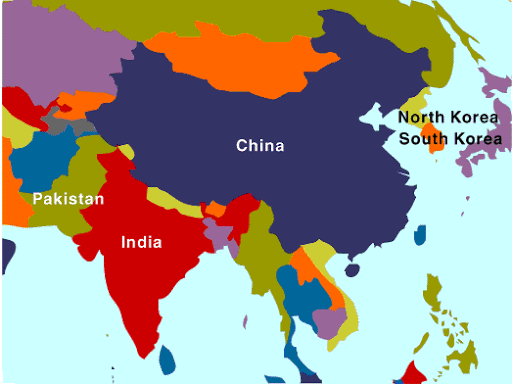NEW DELHI - Even after Asian economies emerge from the COVID-19 recession, China's strategy of frantically building dams and reservoirs on transnational rivers will confront them with a more permanent barrier to long-term economic prosperity: lack of water. China's recently revealed plan to build a mega-dam on the Yarlung Zangbo River, better known as Brahmaputra, may be the biggest threat yet.
China dominates the water map of Asia, due to its annexation of ethnic minority territories, such as the water-rich Tibetan plateau and Xinjiang. China's territorial aggrandizement in the South China Sea and the Himalayas, where it has even targeted small Bhutan, has been accompanied by more stealthy efforts to appropriate water resources in transnational river basins, a strategy that has not spared even even friendly or docile neighbors such as Thailand, Laos, Cambodia, Nepal, Kazakhstan and North Korea. In fact, China has not hesitated to use its hydrohegemony against its 18 downstream neighbors.
The consequences have been serious. For example, China's 11 mega dams on the Mekong River, Southeast Asia's arterial waterway, have caused recurring droughts downstream and made the Mekong basin a safety and environmental hotspot. Meanwhile, in largely arid Central Asia, China has diverted the waters of the Illy and Irtysh rivers, which originate in Xinjiang, annexed to China. Its diversion of water from the Illy threatens to turn Kazakhstan's Lake Balkhash into another Aral Sea, which has practically dried up in less than four decades.


0 Comments